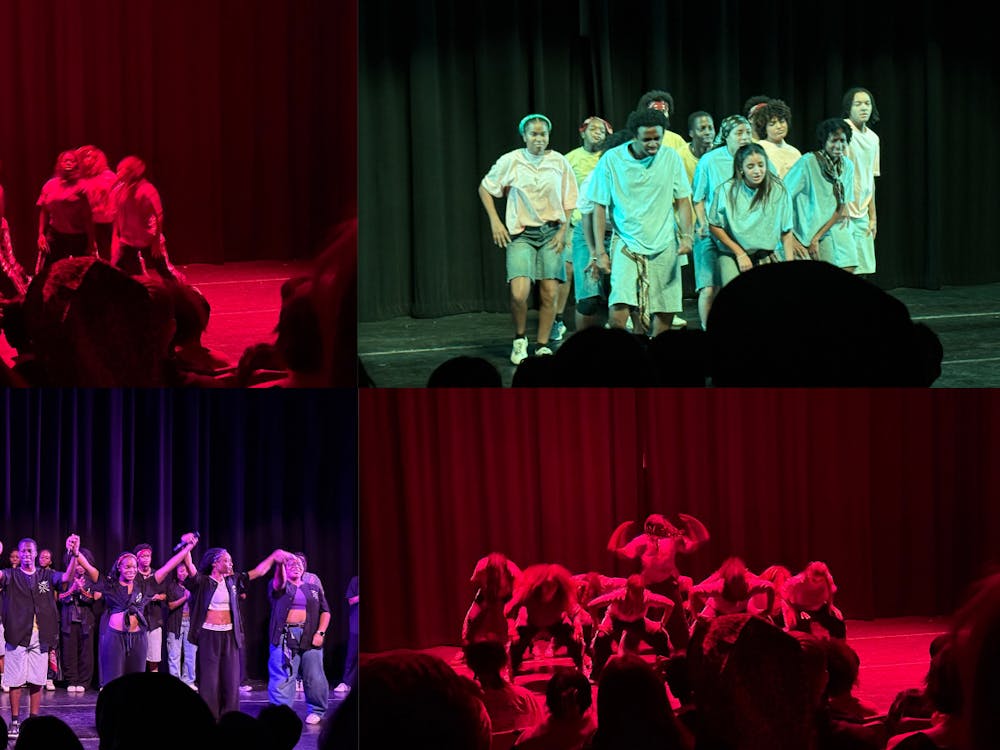I can remember first arriving on campus as a first-year student and soaking up the freedom of college life. Suddenly I could build my own schedule, study what I wanted, make meaningful friendships, and drink when I felt like it.
Even if it didn't happen immediately, I was lucky to find some relatively safe spaces for experimenting with things like ideas, food, relationships, and certain substances. I group all these things together because I see controlled substances (including alcohol and caffeine) as just another component of our material lives and social interactions.
Given my own experiences, as well as my familiarity with harm reduction strategies, I believe that safe spaces for young people to experiment with unfamiliar social dynamics and substances should be the rule, not the exception. The harm reduction approach encompasses practices, programs, and policies that minimize the negative effects of psychoactive drugs, and recognizes that many people may be unable or unwilling to stop using.
Let’s be honest — loud music, dancing, and a pleasant buzz are about as fundamental to youth culture as dinner parties and wine nights are to our parents. Oftentimes, moral panic about alcohol and drug use has little to do with scientifically and socially-informed risk assessment. Finger wagging and victim blaming only increase the potential for harm and fail to prevent people from using substances in dangerous ways.
Unfortunately, this past frosh week reminded me that our primary social scene on campus — that is, the Street — is far from a safe space for people to experience new social groups and new norms regarding substance use. On one night out, just within a half or hour so, a friend and I encountered two separate individuals who were alone and undergoing emotional breakdowns. I had to wonder why they had been abandoned by their friends and ignored by passersby.
Although it wasn’t the first time the thought crossed my mind, I truly realized then how much can go wrong just in those few days of frosh week. So many people arrive on campus with an understandably weak sense of their limits when it comes to new friend groups and unfamiliar substances. And considering how long it may take to understand and learn to respect one’s own limits — because it certainly took me quite a while — individuals are exposed to harm well beyond their first few days on campus.
As obvious as what I’m about to say should be, it’s worth making an important clarification: alcohol is not the real problem here. It’s simply common sense that an overly intoxicated person should be cared for by peers and, if necessary, medical professionals — not abandoned to wander around the Street alone. Most importantly — and this is a painful but necessary thing to say — let us never forget that no one is ever in any way remotely responsible for any act of physical or sexual harassment or violence committed against them, regardless of whether either party is intoxicated.
We have a long way to go before our social spaces can truly be considered safe, and the reasons for this are socially rather than chemically constructed.
We can (or at least should) all agree on this basic point. What, then, can we do to make our social spaces safer and more welcoming for everyone, regardless of their previous experience with substance use and college social dynamics?
It’s simply not enough to tell students to drink or use less, or to hold substance-free events. To assume that every student is equally willing or able to maintain complete sobriety is naïve, presumptuous, and even dangerous. Instead, we must collectively ensure that every student can safely discover his or her own limits, and learn how to reconcile those limits with the inevitable pressures of college social life.
I’ve come to believe that the University as an institution can only do so much to promote safe social spaces. There is a valuable sense of freedom attached to things like dancing and drinking in moderation, which cannot exist entirely within the bounds of institutional controls. Of course, residential college advisers and Sexual Harassment/Assault Advising, Resources and Education peers perform invaluable work by training in and implementing principles of harm reduction. However, we must all take responsibility for being active bystanders as well as overall inclusive, attentive, and non-judgmental community members. In order to maintain safe, extra-institutional spaces, we should all be equally concerned with taking care of our peers.
Age and life experience is certainly relevant here. Like most of my somewhat-introverted friends, I’ve only become less and less likely to go out to the Street over the past few years. But I would encourage similarly-minded juniors and seniors to keep going out from time to time, because others like me — who have already struggled to figure out their limits regarding social groups and substances — can help make our social scenes safer for others who have had fewer opportunities to do so themselves.

We should remind ourselves that anyone can overestimate their own tolerances to social pressures and substances, and that there may be serious struggles with peer groups, mental health, or substance use behind seemingly immature or irresponsible behaviors. Most importantly, we should learn to withhold judgment whenever possible and be prepared to support others in need of help.
Max Grear is a Spanish and Portuguese major from Wakefield, R.I. He can be reached at mgrear@princeton.edu.







